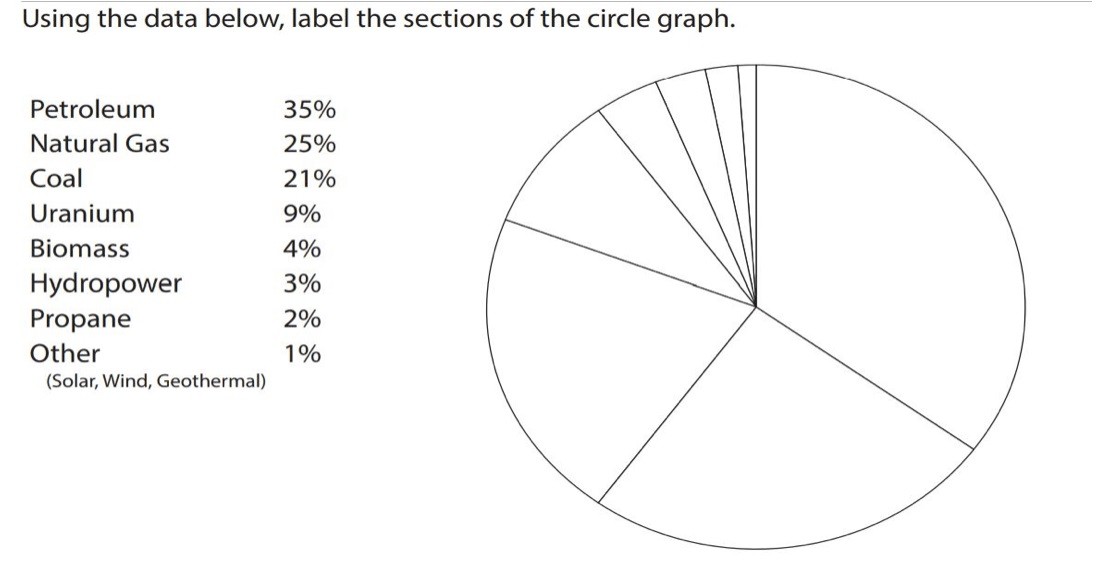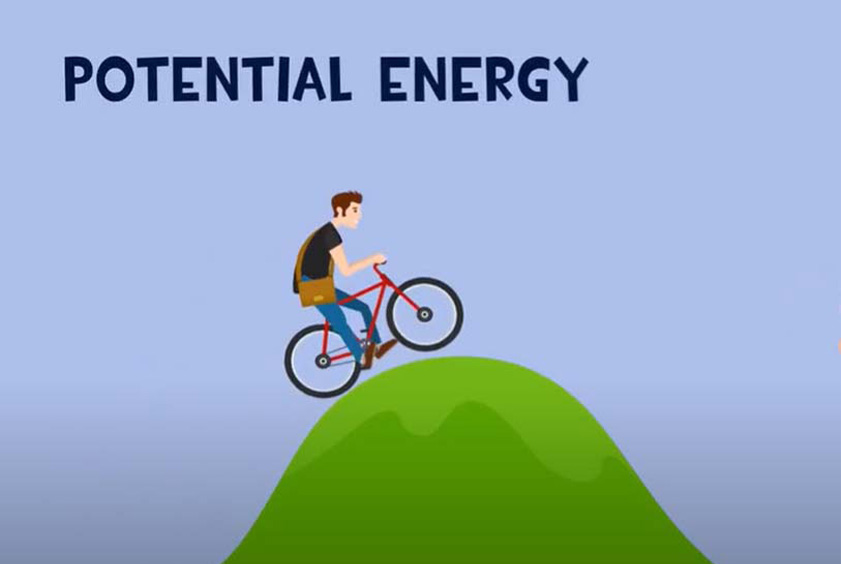Standards
Science- SC.4.P.10.1
Observe and describe some basic forms of energy, including light, heat , sound , electrical, and the energy of motion (kinetic energy).
Mathematics- MAFS.4.NF.1.2
Compare two fractions with different numerators and different denominators, e.g., by creating common denominators or numerators, or by comparing to a benchmark fraction such as 1/2. Recognize that comparisons are valid only when the two fractions refer to the same whole. Record the results of comparisons with symbols >, =, or <, and justify the conclusions, e.g., by using a visual fraction model.
Language Arts: LAFS.4.L.3.4
- Determine or clarify the meaning of unknown and multiple-meaning words and phrases based on grade 4 reading and content, choosing flexibly from a range of strategies.
- Use context (e.g., definitions, examples, or restatements in text) as a clue to the meaning of a word or phrase.
- Use common, grade-appropriate Greek and Latin affixes and roots as clues to the meaning of a word (e.g., telegraph, photograph, autograph).
- Consult reference materials (e.g., dictionaries, glossaries, thesauruses), both print and digital, to find the pronunciation and determine or clarify the precise meaning of keywords and phrases.
Big Idea(s)
Forms of Energy
- Light, Heat
- Sound
- Electrical
- Energy of motion
Essential Questions
- What is Energy?
- What is the difference between potential and kinetic energy?
Vocabulary
Energy • Kinetic Energy • Potential Energy • Electrical Energy • Electromagnetic Energy • Heat Energy • Light Energy • Mechanical Energy • Solar Energy • Sound Energy • Ramps • Angles • Measurement • Investigate • Construct • Fastest • Farthest • Accuracy
Background Information
Scientists define energy as the ability to do work or move. Throughout time, humans have learned how to change energy from one form to another to best suit their needs. People use energy to move cars along roads and boats through water, to cook food on stoves, to make ice in freezers, and to light our homes and so much more.
There are two main forms of energy. Energy forms are either potential or kinetic. Potential energy comes in forms that are stored including — chemical, gravitational, mechanical, and nuclear. Kinetic energy forms are doing work — like electrical, heat, light, motion, and sound.
Guiding Questions
- What is energy?
- What are the different forms of energy?
- How do we harness energy?
- What is potential energy?
- What is kinetic energy?
- What does it mean when we say we can store energy?
- How can we use the energy of motion?
Math Mania
Essential Question:
Directions: Using the data below, convert the percentages into fractions. Then create an equation showing two of the fractions using greater and less than symbols.

The correct responses are
Part 1: 35/100, 25/100, 21/100, 09/100, 04/100, 03/100, 02/100, 01/100
Part 2: There are multiple correct responses
NEED: Energy Math Challenge PDF download
Fun Facts
Did you know…
- That the sun produces enough energy to power 2,880 trillion incandescent light bulbs an hour?
- That the sun continuously pelts the earth with 35,000 times the amount of energy required by all of us who now use electricity on the planet?
- Solar energy is by far the largest energy resource on the Earth?
Solar Reviews: The Ultimate Guide to Solar Energy
Solar Reviews: How much energy does the sun produce?
Inquiry Type
- Structured Inquiry
- Brain Storm
- Guided Inquiry
- Class/Group Activity
- Think/Pair/ Share
Teacher Resources


